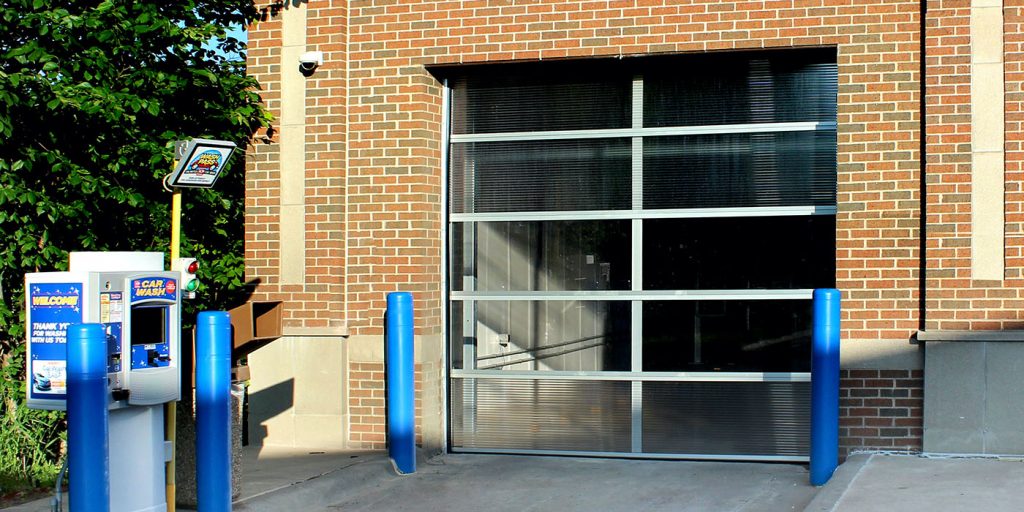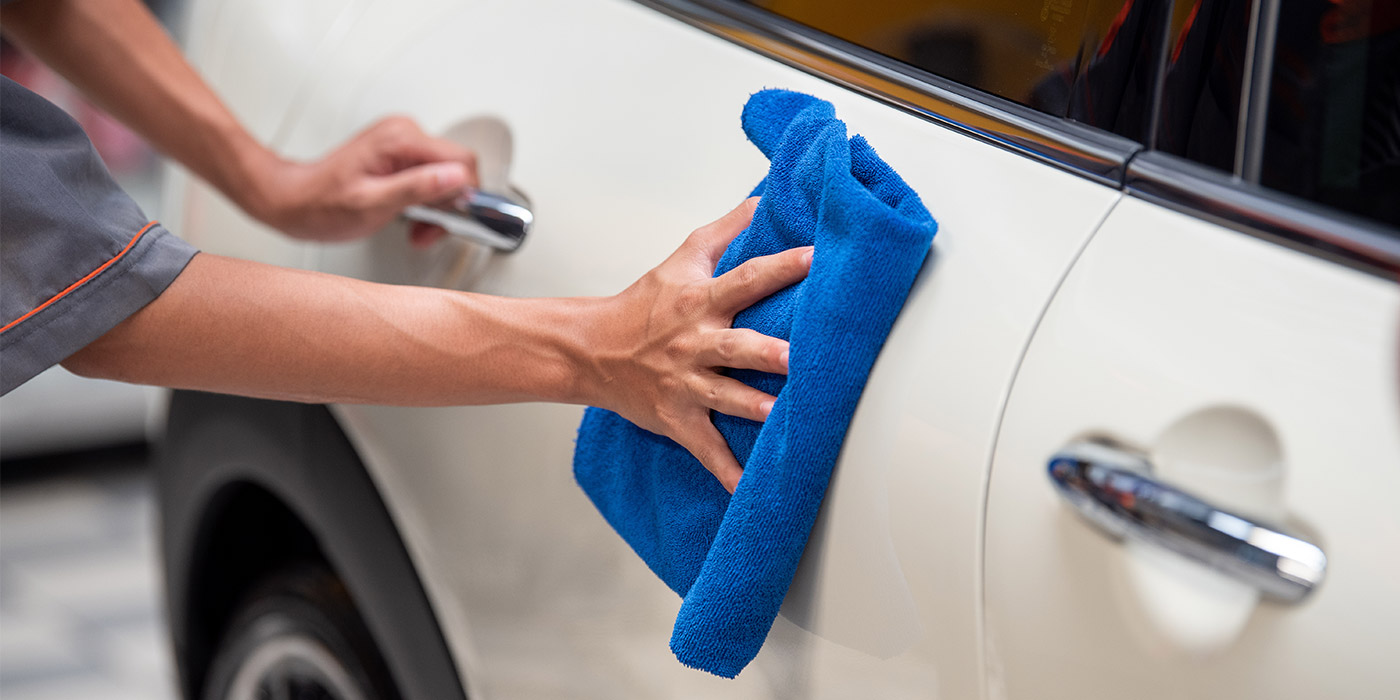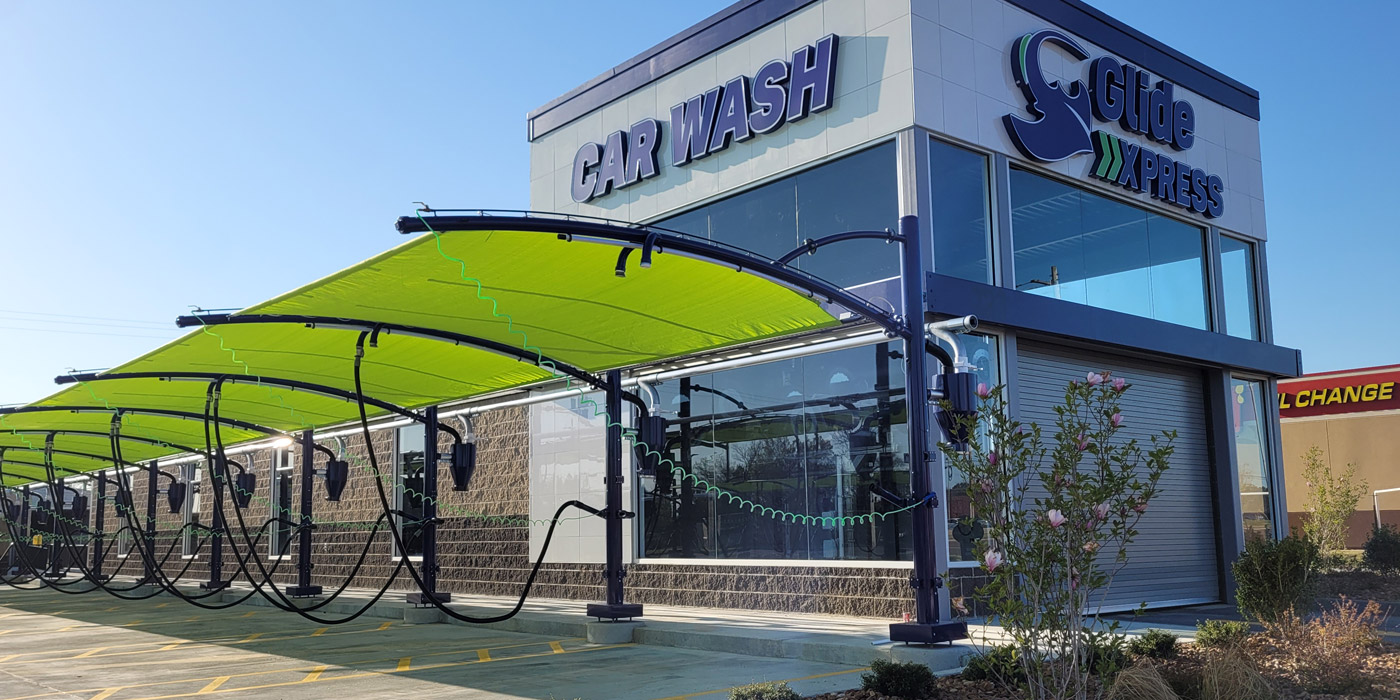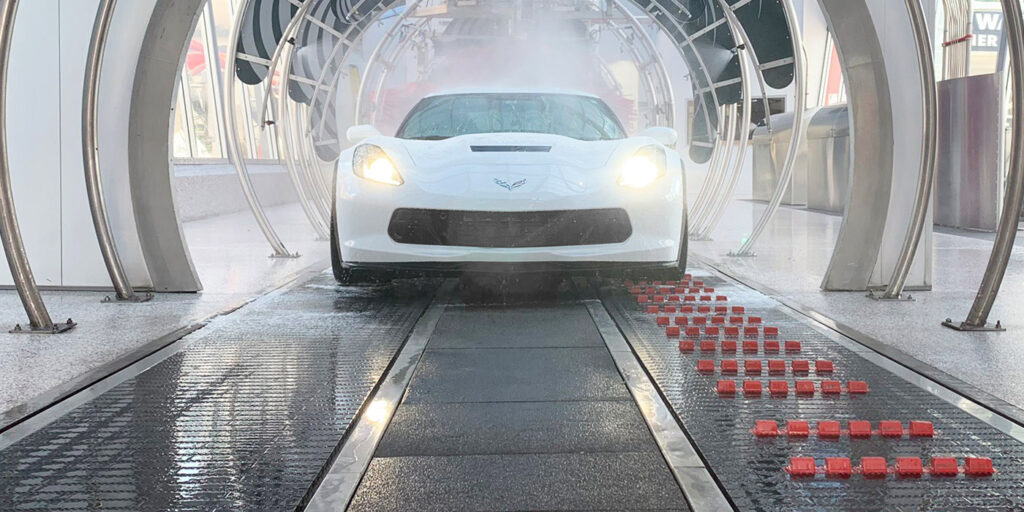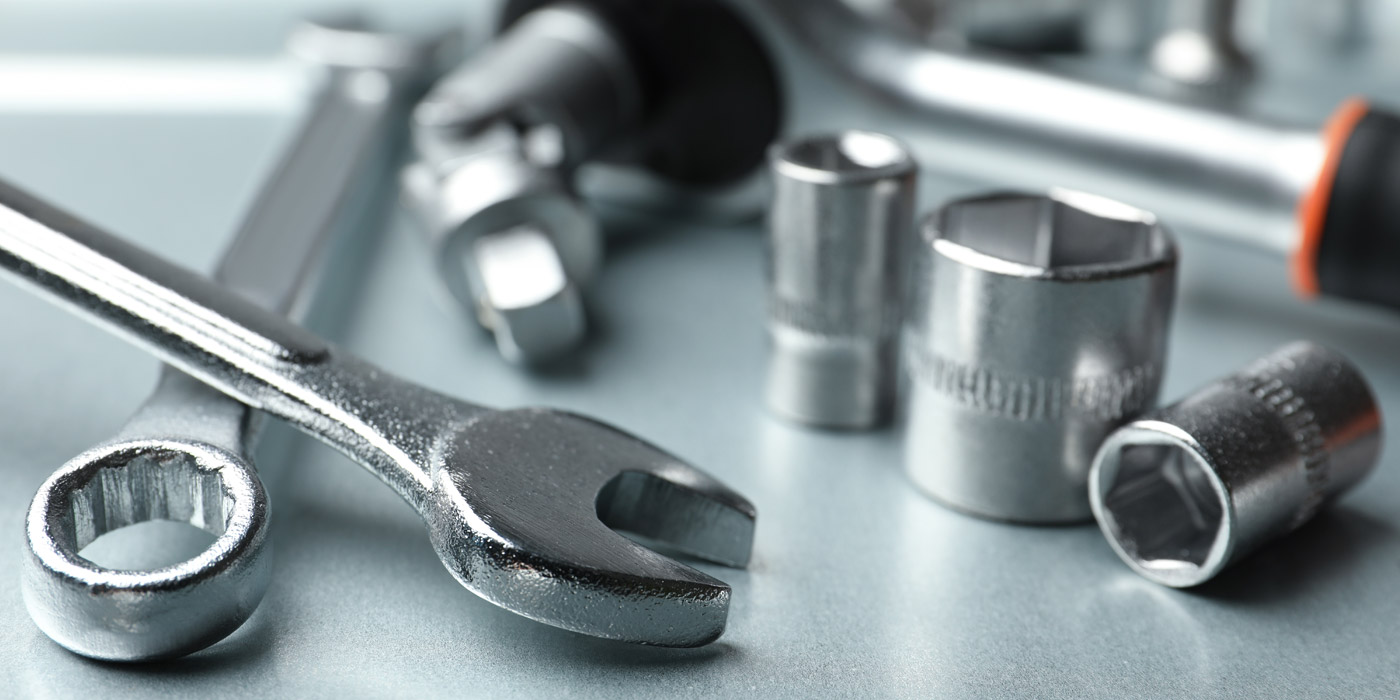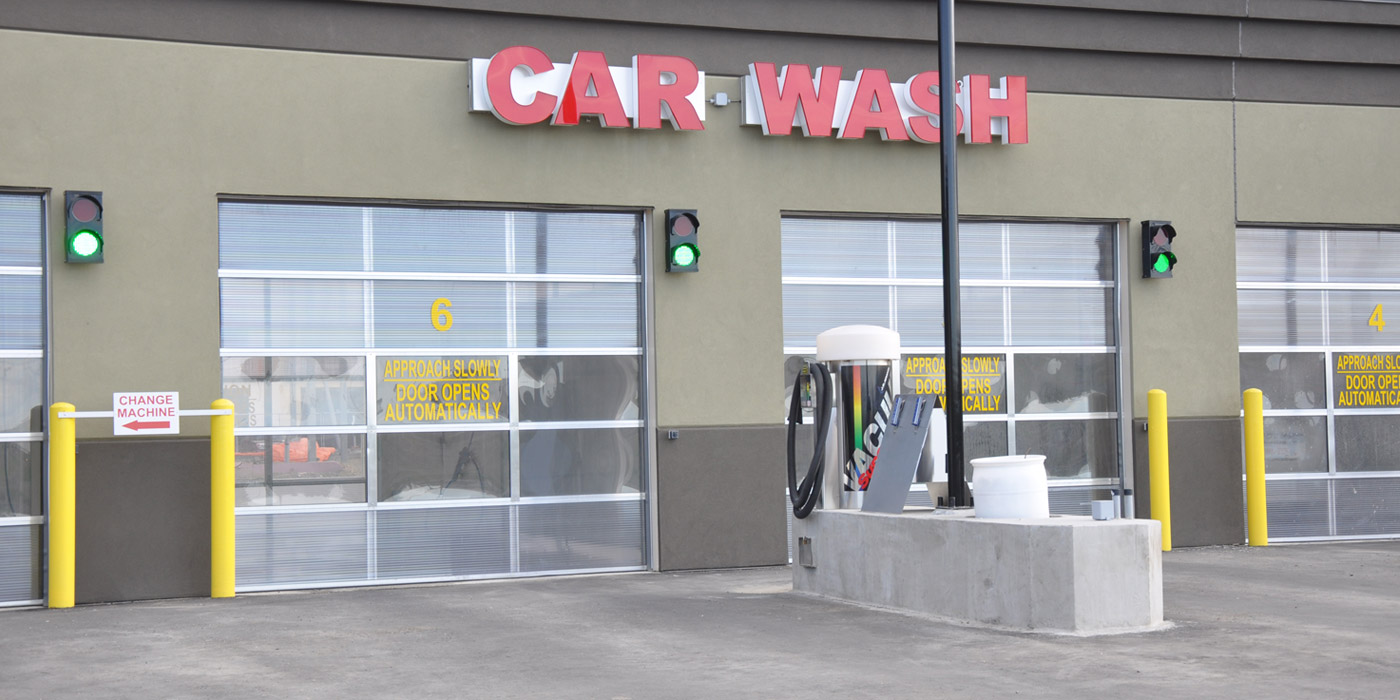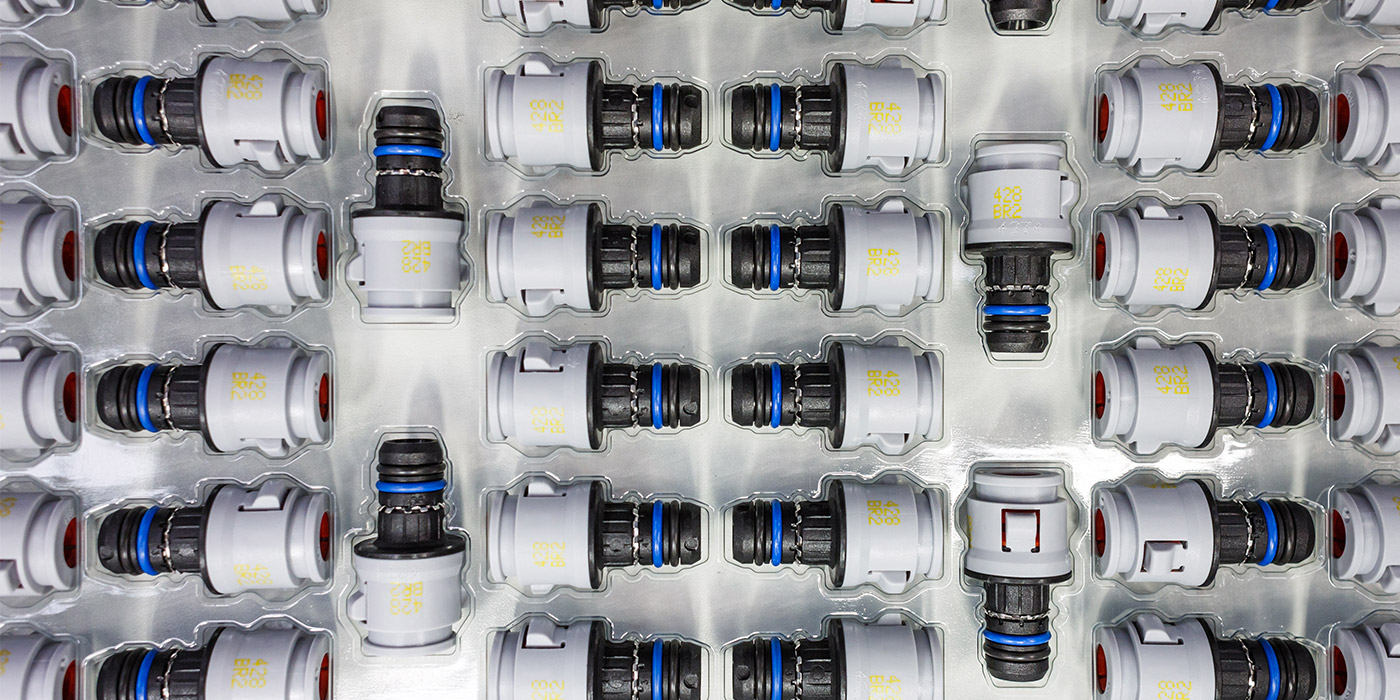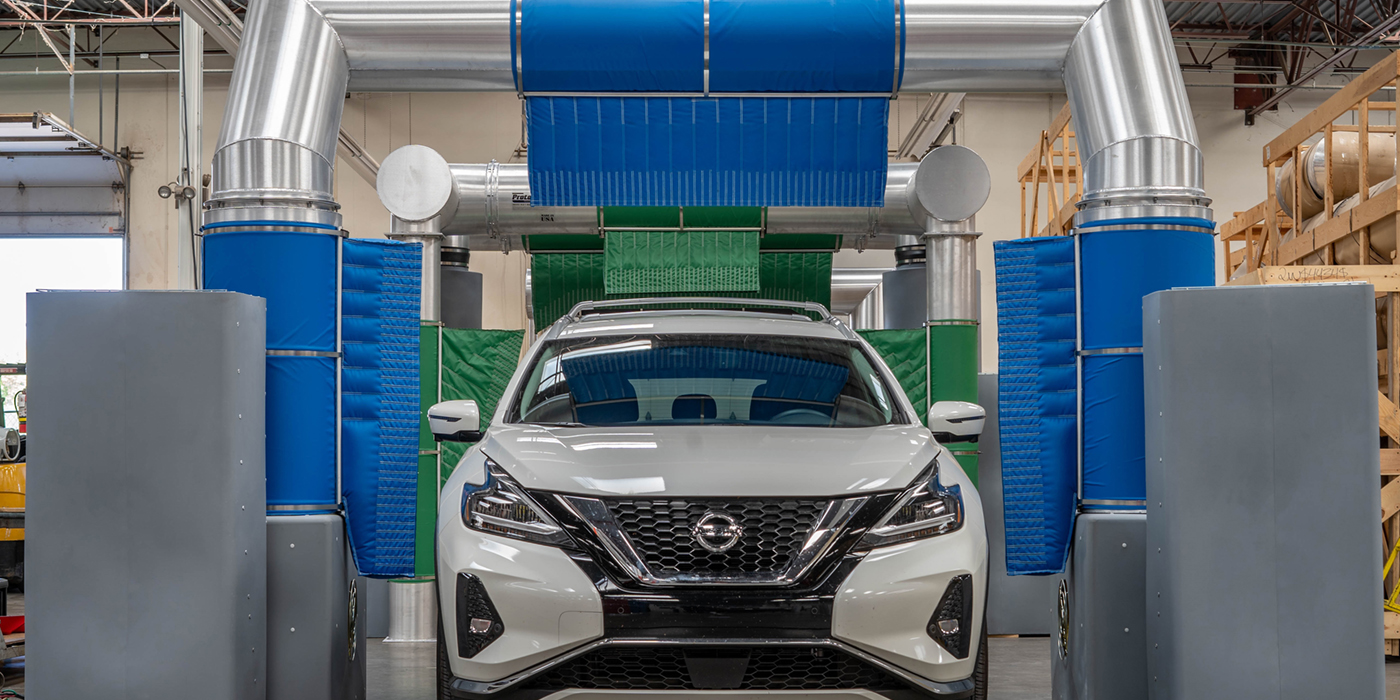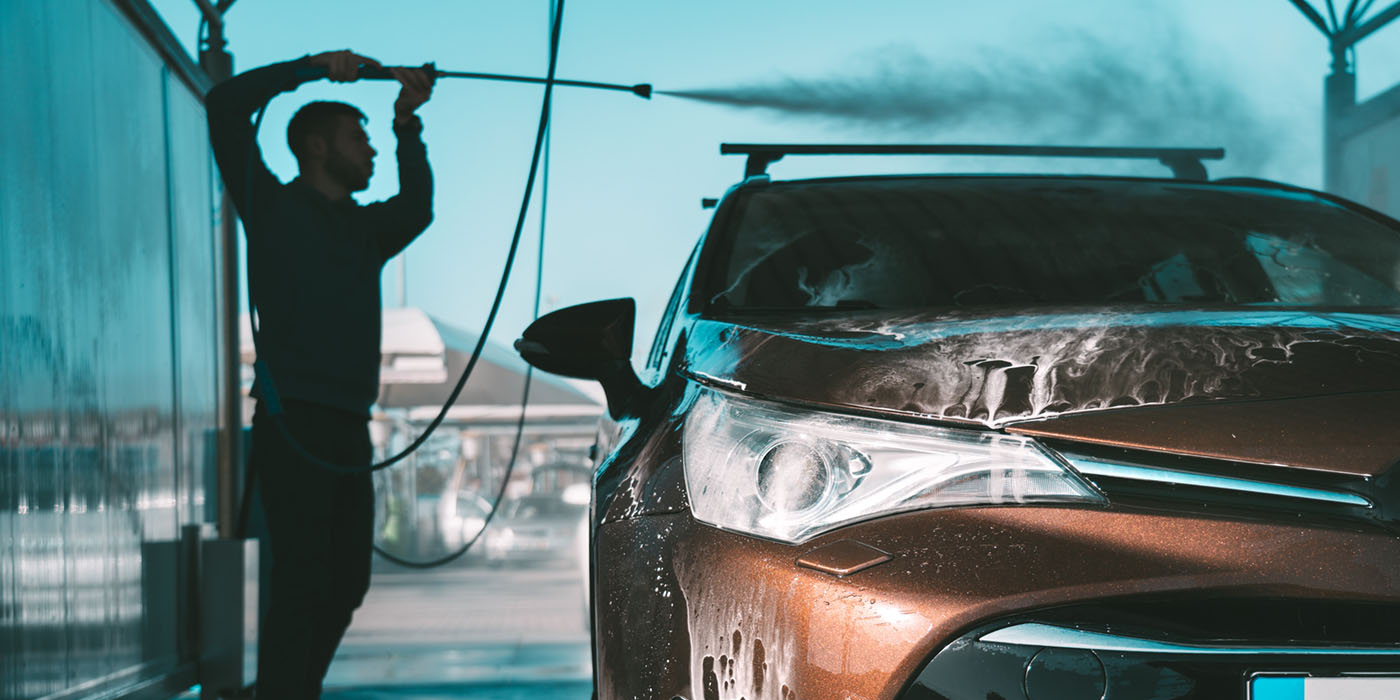Sometimes, the smallest components of a carwash can cause the biggest operational issues. Even the tiniest part failing may have the unfortunate effect of shutting down a tunnel or bay during a site’s busiest time of year. One good example would be the unheralded heroes of modern operations: the rollers used by equipment throughout wash tunnels and bays.
For operators, keeping the rollers on doors, conveyors and other areas smooth and functional is a huge step to avoiding costly shutdowns and downtime. First, an owner should learn where integral rollers are utilized. Next comes training to learn how often roller upkeep steps should be completed. Only by developing and following set guidelines can an owner ensure these rollers keep a carwash business running at optimal speed.
Timing maintenance
The proper time to consider important roller upkeep is always before a wash enters its busy months. Speaking specifically to door rollers, Jim Johnson with Airlift Doors Inc. states that the best time to think about door maintenance is before “winter panic” begins. An overall upkeep list to maintain doors will include making sure weather stripping is in good condition, greasing the roller bearings, cycling the door and checking the operating system. These steps will all help prevent problems for a carwash owner down the road.
At a minimum, an operator should make sure to check and tune up doors and rollers twice a year, according to Kevin Baumgartner with American Garage Door Supply Inc. Ideally, the maintenance would be performed before daily door use starts back up. Often, many operators will leave the bay or tunnel doors open during the summer months. In the fall, door activity increases due to inclement weather and other reasons.
The timing of this necessary upkeep can vary based on a wash’s geographic location. There may be some variations in the ideal timing due to weather variances as well. “From wash to wash, that kind of varies. A wash in the southern part of the United States might be different than a wash in Canada,” Baumgartner says.
Structured schedule
It is easy to see why having a structured maintenance schedule is always important, Baumgartner notes. Working ahead and creating upkeep time flexibility to avoid issues during peak wash periods is always important. During a wash’s busy months, rollers and doors need to perform at their top capacity. But, these busy times are not always consistent.
A surge in business can be based on weather patterns or other external conditions that are beyond an owner’s control. Inside the wash, every second counts down to the exact timing of product application, Baumgartner continues. There are only so many minutes in a day to wash vehicles. So, when the busy, optimum times do come along, a wash should be well maintained and ready to roll.
“As those peak periods change from week to week, from month to month, from year to year, really having a door system that is ready and willing is important,” Baumgartner explains. “So those features that might not be so critical with a standard door are essential with this type of a product.”
Baumgartner recommends door and roller maintenance be scheduled for when a location experiences downtime or periods of slow sales. Also, the maintenance frequency often depends on how many cycles the specific wash has gone through. Managers and employees will want to run through a scheduled maintenance routine before startup or at the beginning of a busy wash season. Simply put, utilize slow or low peak times of the year to maintain doors and rollers via a recommended maintenance routine.
Door upkeep checklist
Johnson suggests that operators call on a certified distributor or manufacturer to perform a complete maintenance check on doors and rollers. These companies can be great resources for any needed troubleshooting or part replacements. While checking the existing operator, rollers and door, owners also should remember to test any safety photo eye systems.
Many issues can develop with doors during the dormant months if they are not checked regularly. Baumgartner states that the applied lubricant will naturally gravitate to the lower areas of bearings. An operator will want to make sure this issue is addressed and the door is fully maintained before the wash starts operating at higher frequencies. An owner never wants downtime while customers are washing.
“It’s always been important. I’ve always said, if your doors don’t operate, your wash is closed,” Baumgartner states. “Doors are obviously your entrance and exit to the wash.”
Slower months are also a great time to clean wash doors. Johnson reveals that there are many different products that work well with a high-pressure rinse. Keeping the doors clean and bright is a great way to attract customers to a wash location.
Baumgartner agrees that cleaning doors on a monthly basis is important. This upkeep step addresses more of the appearance or attractiveness factor. Overall, following a written maintenance schedule and keeping track of how often steps are completed has proven important.
Tracks and openers
The modern carwash door has gone beyond the basic standards of traditional garage doors. There are added features — subtle and not so subtle — that allow the doors and rollers to perform better in harsh carwash conditions. Baumgartner specifically points out:
- Counterweight systems
- Stainless-steel springs
- Greaseable bearings
- Heavy-duty track construction
- The use of couplers.
Johnson states that advances in materials include plastic tracks, stainless-steel tracks, plastic hinges, coated drums, stainless-steel cables, and stainless-steel hardware and bearings. The most recent upgrade to modern polycarbonate doors is the use of anodized aluminum. This has proven to be a key component to keeping new doors looking great for years to come.
Door rollers that are now made with a stainless-steel shaft and plastic roller are an improvement also, Johnson notes. These rollers now come with no bearings to wear out over time. “Many of these updates are available; just contact your local dealer to find out which upgrades will work best for you,” Johnson says.
For new polycarbonate doors that are made with improved materials, eliminating the need for torsion springs means these lightweight doors can operate using a counterweight system. Johnson states that this type of counterweight system can last to 500,000 or more cycles. As an added bonus, there are no rusty springs that can drip on customers’ vehicles.
Finally, door opener technology has advanced as well. One of the recommended door openers currently available is a high-speed setup with a magnetic coupled air cylinder that has no outside seals. Johnson notes that this opener is made of stainless steel, is corrosion-resistant and will stand up to the chemicals used in a carwash. Further, it can operate at speeds of 24 inches per second.
Considered design
The modern carwash door has been designed with today’s wash environment in mind, according to Baumgartner. The frequency of use, the number of cycles and the exposure to the rigors of the carwash process are all taken into consideration.
One huge advantage is that polycarbonate door design is impervious to moisture. “The polycarbonate door especially has been pioneered for the purpose of carwashes,” Baumgartner explains. “The design keeps a number of things in mind that are essential.”
Related: Carwash Connection: Types of carwash doors
Technically, if someone starts discussing the nuts and bolts of carwash doors and their features, the small details have been looked at over the years. Baumgartner states that this helps ensure doors are going to hold up to use in the wash tunnel and bay. Such details include using components that are stainless steel or that have characteristics to hold up in a wet, corrosive and dirty environment. Even the smallest, most subtle details that an operator might not notice within the door system will come into play. These little things have been looked at to allow the product to do a much better job in harsh conditions.
“These are things that have been studied over almost four decades,” Baumgartner continues. “They have been studied for what works better than others. They have been proven in the field. That is by far the best product for that application.”
More advantages
Johnson notes that carwash polycarbonate doors have been around for more than 30 years, but they have continued to evolve since then to meet the needs of modern washes. Polycarbonate doors now allow natural light into a wash and help reduce potential claustrophobic feelings for customers. In addition to bringing light into the wash bays, these doors can conduct some infrared heat.
Baumgartner agrees, noting that the appearance, attractiveness and curb appeal of polycarbonate is an important feature.
“The characteristics of the Lexan and the polycarbonate itself [are] excellent in the carwash environment because they do allow a lot of light transmission,” Baumgartner concludes. “So, it adds to customer comfort, and it adds to the curb appeal to the wash area.”
Eugene Allen is a freelance contributor.

